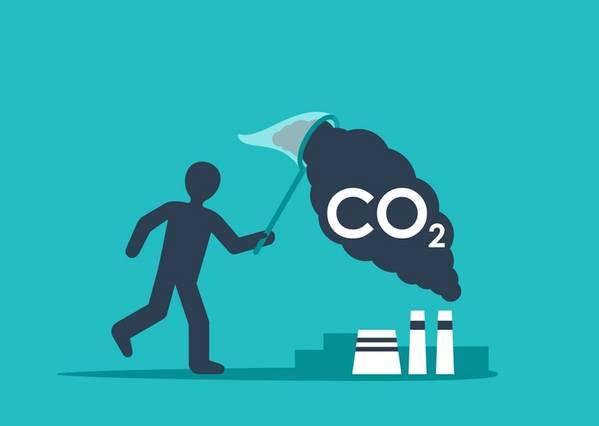
Oil major Chevron has announced it is part of three joint ventures that have been granted permits to undertake evaluation and appraisal work for the potential storage of carbon dioxide offshore Australia.
The blocks, including two in the Carnarvon Basin off the north-western coast of Western Australia and one in the Bonaparte Basin offshore Northern Territory, total more than 31,500 km2 or nearly 7.8 million acres – an area larger than Belgium.
Two, permits G-9-AP and G-11-AP, are operated by by Santos, with an affiliate of SK E&S also holding interest in G-11-AP, as announced yesterday (8 September).
The third, G-10-AP, is operated by Woodside, with partners BP, Japan Australia LNG, which is owned equally by Mitsubishi Corporation and Mitsui & Co., and Shell Australia.
Last month (24 August), the Australian Government approved the first two new offshore greenhouse gas storage areas since 2014. The permits were for a joint venture between INPEX, Woodside Energy and TotalEnergies for area G-7-AP over GHG21-1 in the Bonaparte Basin, and for Woodside Energy for area G-8-AP over GHG21-3 in the Browse Basin.
A total of five permits have now been awarded under the 2021 offshore Greenhouse Gas Storage Acreage Release. The government said these would provide Australian industry with new opportunities for carbon capture and storage and help Australia to achieve its target to lower emissions by 43% by 2030.
“Chevron has a unique set of capabilities and relationships to support the further deployment of carbon capture and storage in Australia,” said Mark Hatfield, managing director of Chevron’s Australia Business Unit. “We look forward to working with our venture participants to assess the greenhouse gas storage potential within these titles, which we hope will benefit Australia and the region for years to come.”
As part of its global lower carbon strategy, Chevron is focused on carbon capture, utilization, and storage (CCUS) – primarily through hubs with third-party emitters as partners and customers – renewable fuels, hydrogen, offsets, and other emerging technologies, Chevron says.
“Under almost every scenario, CCUS is expected to be essential for meeting the net zero ambitions of the Paris Agreement and is poised to play a crucial role in reducing carbon emissions in hard-to-abate, energy intensive industries such as LNG, refining, petrochemicals, power, steel, and cement,” said Chris Powers, vice president of CCUS for Chevron New Energies. “These and other ventures also have the potential to help generate higher returns and lower the carbon intensity of our own operations. We look forward to collaborating on these efforts.”


